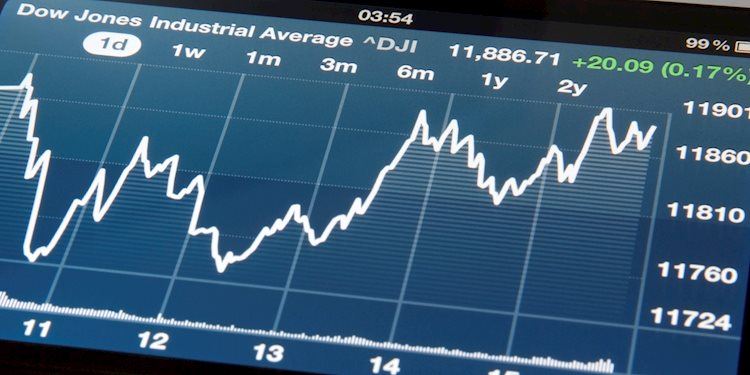The Dow Jones Industrial Average (DJIA) experienced a climb during the North American session, with bulls aiming for a breakthrough above 42,500 as US Treasury bond yields declined. Despite the US economy growing slightly below estimates, it maintained a healthy pace, suggesting a soft landing in the future. Additionally, jobs data unveiled by Automatic Data Processing (ADP) indicated that the labor market is strengthening, with significant job gains reported for October.
The US Bureau of Economic Analysis disclosed that the economy expanded by 2.8% QoQ in Q3 2024, falling short of Q2’s 3%. However, these numbers still reflect a positive trajectory, with the Federal Reserve (Fed) reducing borrowing costs to boost the labor market. Furthermore, the ADP National Employment Change report highlighted that private companies added 233K individuals to the workforce in October, far surpassing initial estimates and indicating robust job growth in the midst of hurricane recovery.
Following this data release, the CME FedWatch Tool predicts a 97% likelihood of a 25 bps rate cut by the Fed, potentially leaving rates in the 4.50%-4.75% range. In terms of individual company performance, Visa led the DJIA gainers after beating earnings expectations, while Caterpillar struggled due to missing EPS estimates for Q3. Despite initial losses, the Dow Jones saw gains from Visa, Boeing, and Amazon, while International Business Machines, Nike, and Intel experienced declines.
As the Dow Jones consolidates around the 42,300 mark, it faces resistance at the 42,400 level, with a potential target of 42,500. Sellers initially pushed the index lower, close to the October 25 low, but buyers stepped in, preventing a further dip towards the 50-day Simple Moving Average (SMA) at 41,907. Bullish momentum remains evident, as depicted by the Relative Strength Index (RSI), although a consolidation phase indicates a lack of control from either buyers or sellers.
The Dow Jones Industrial Average, comprised of the 30 most traded stocks in the US, is calculated through a price-weighted formula rather than by market capitalization. It was founded by Charles Dow and tracks the performance of leading companies in the US. Factors influencing the DJIA include company earnings reports, macroeconomic data, interest rates set by the Federal Reserve, and inflation metrics. Additionally, Dow Theory, a method developed by Charles Dow, focuses on identifying trends by comparing the direction of the DJIA and the Dow Jones Transportation Average, among other criteria.
Traders have various options for engaging with the DJIA, from ETFs such as the SPDR Dow Jones Industrial Average ETF (DIA) to futures contracts and options to mutual funds that provide exposure to the overall index. The DJIA is impacted by a range of factors, and understanding market trends and utilizing appropriate trading instruments can enable investors to capitalize on opportunities within the stock market. With ongoing economic developments and company performances shaping the landscape, staying informed and adapting to market conditions are essential for successful trading strategies.
















